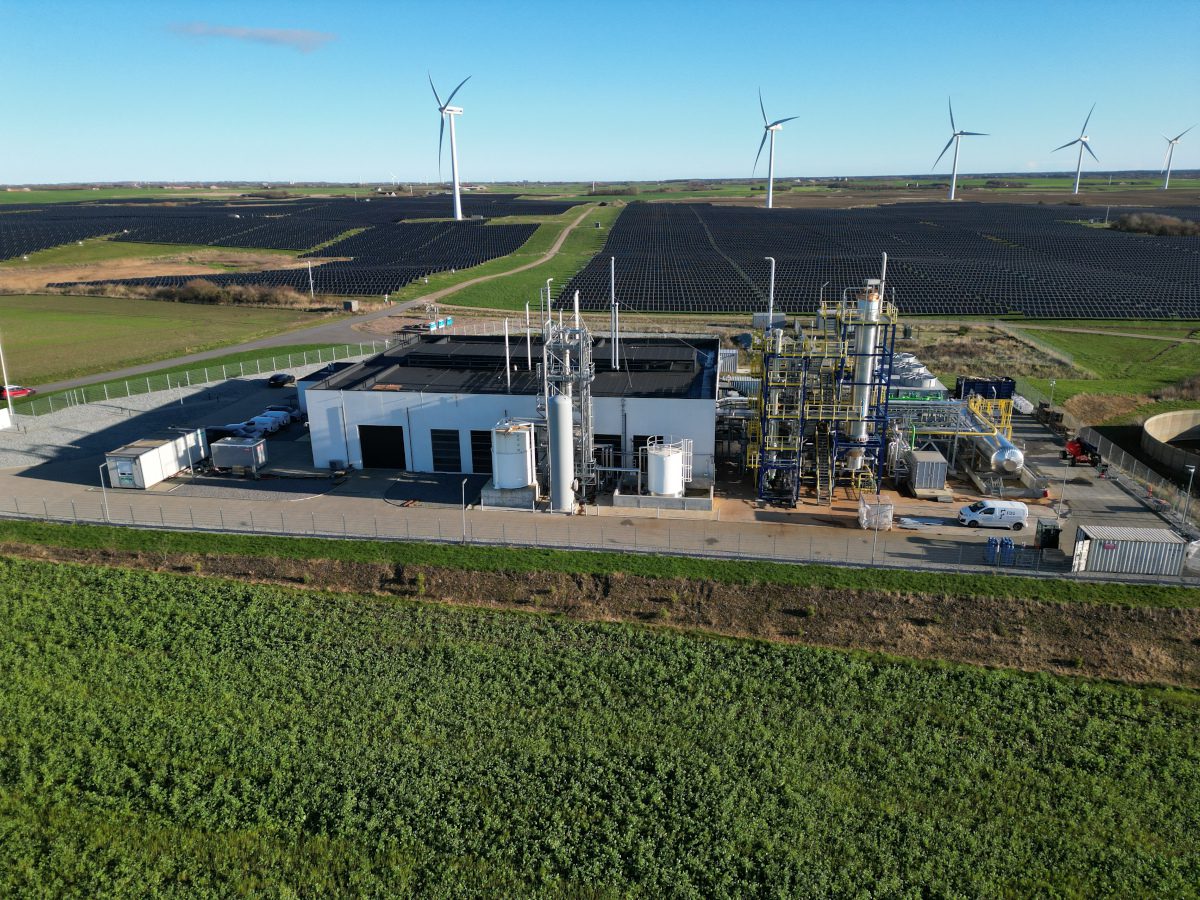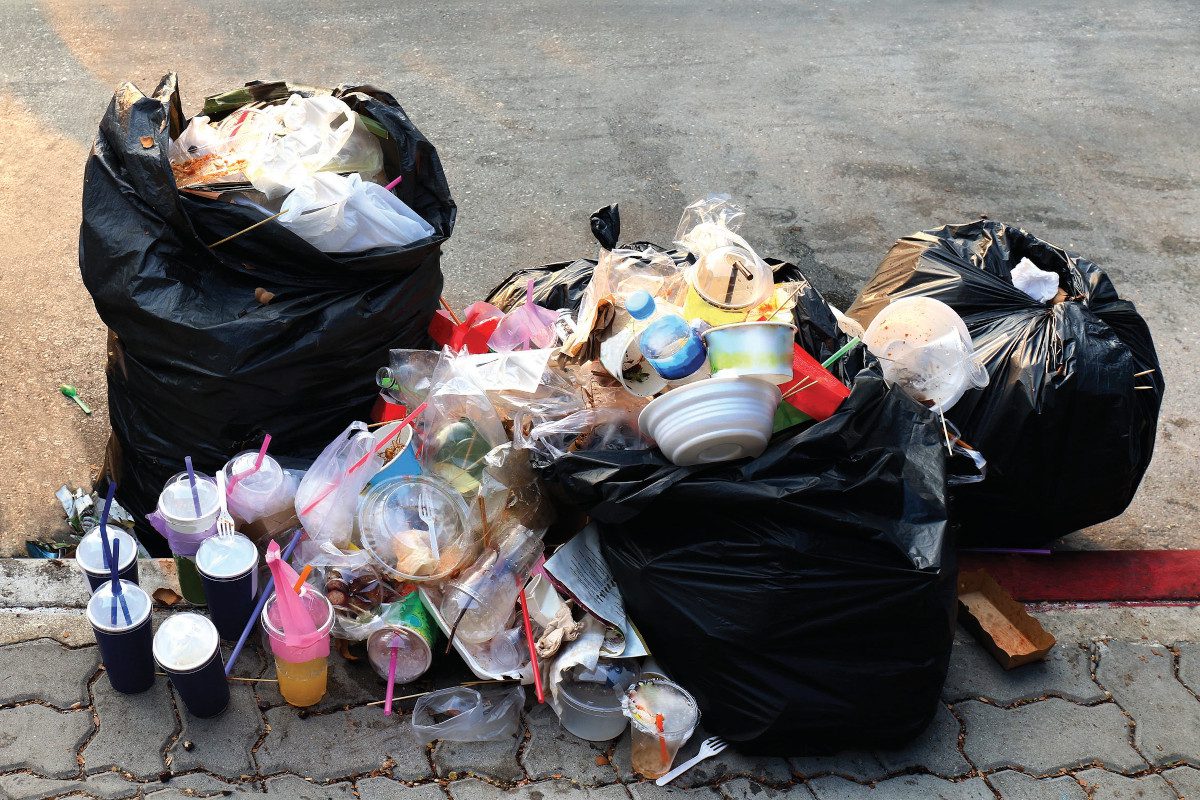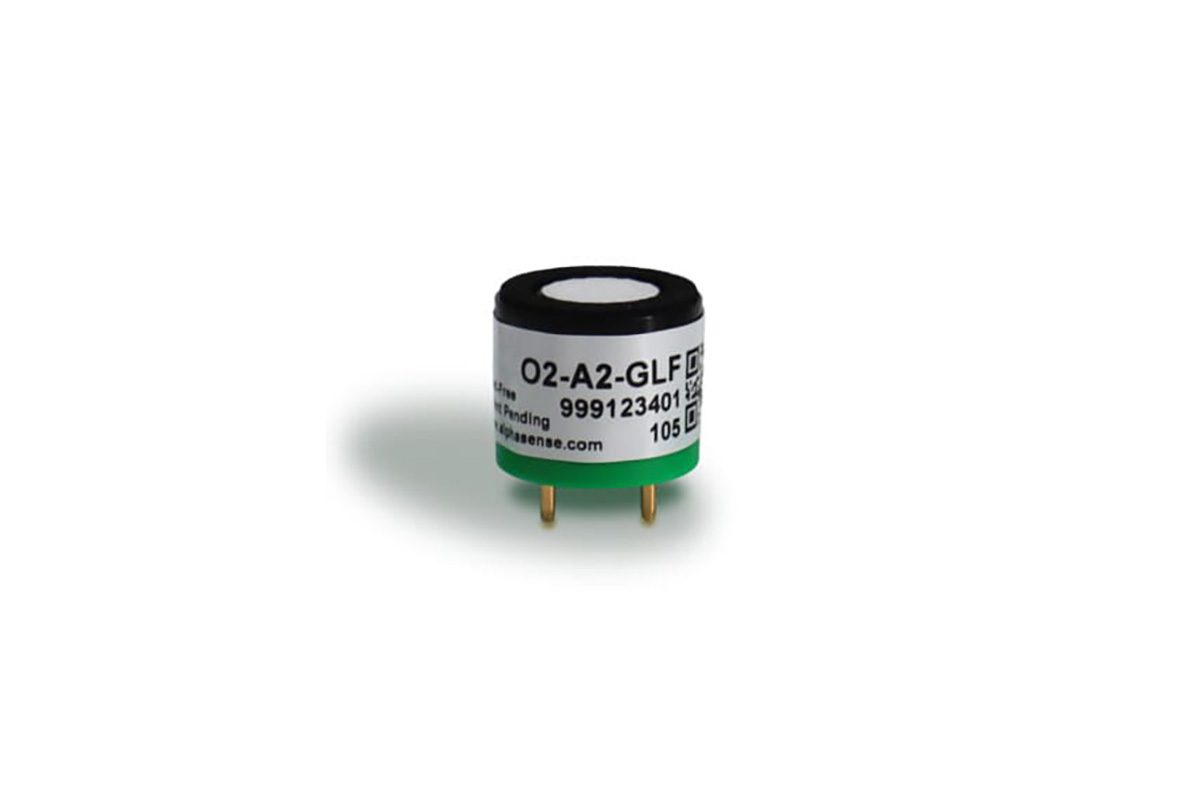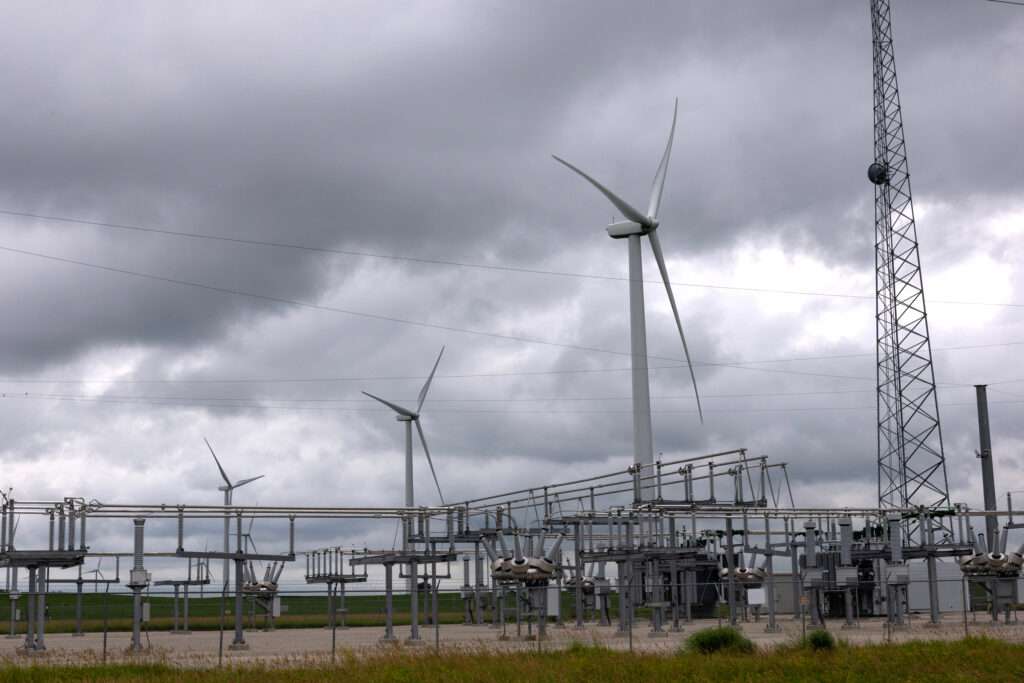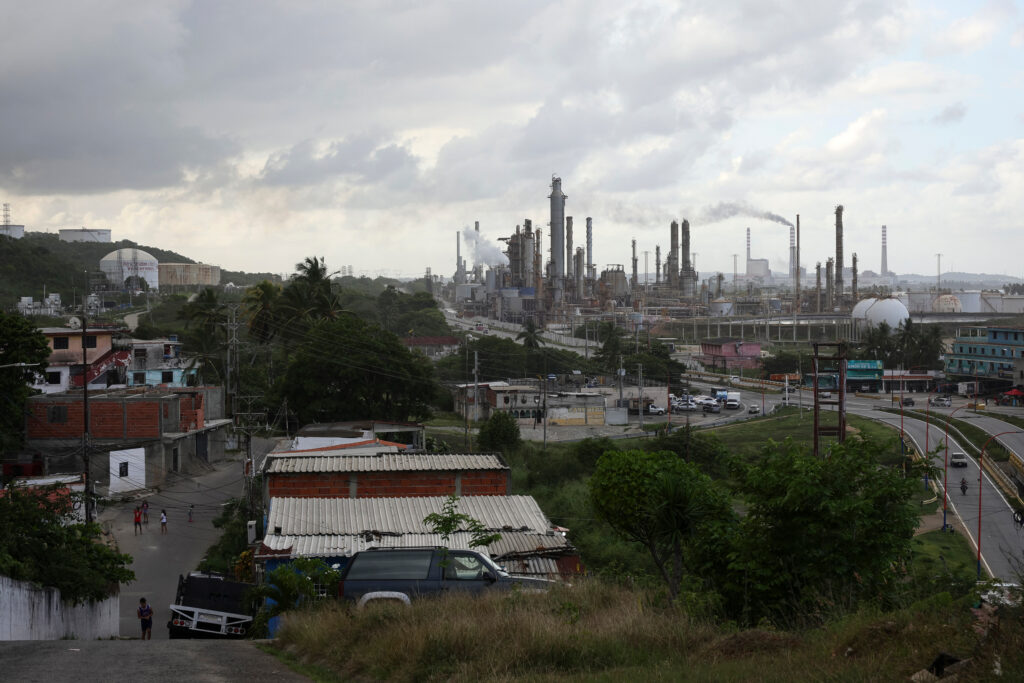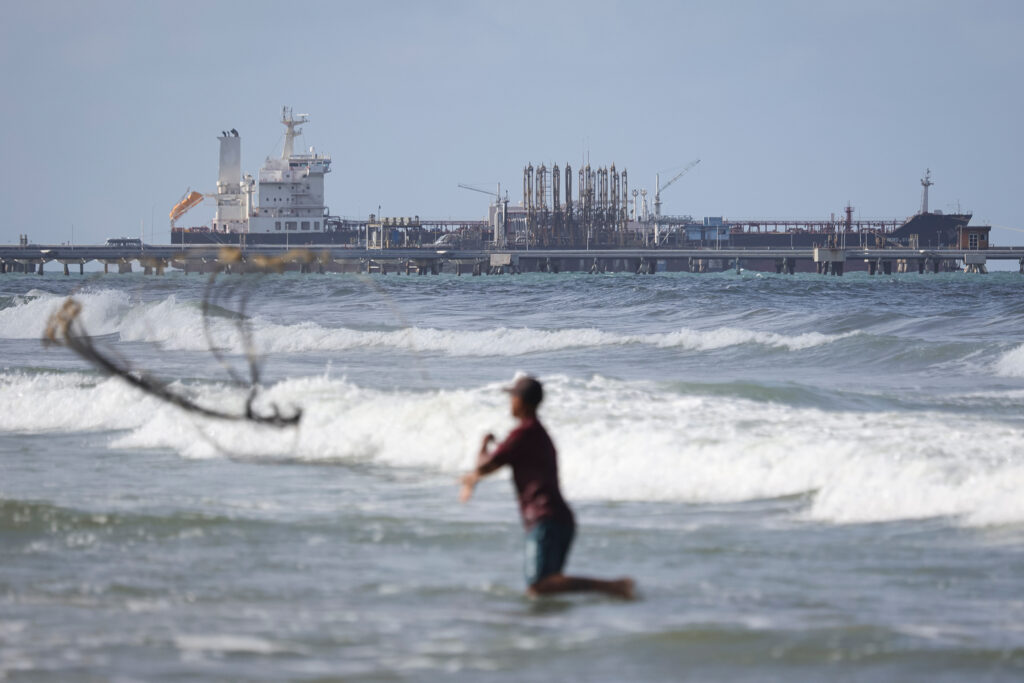The first study of toxic “forever chemicals” along the full length of Asia’s longest river, the Yangtze, has found 13 different types of PFAS, nearly half of them coming from textile treatments and food packaging.
The study, led by a specialist in emerging contaminants at The James Hutton Institute in Aberdeen, tested sediments at 38 sites along the 6,300 km-long Yangtze River for 15 types of PFAS.
Following textile treatment and food packaging, the next most common source was of the chemicals was metal electroplating (26.8%), where PFAS are used in the chrome plating process.
Fluoropolymer products (16.3%) and coatings (7.4%), used in everything from wiring to coating frying pans or aerospace components, were also identified as significant sources.
Professor Zulin Zhang, the report’s main-author and senior research scientist at the Hutton, was behind the idea to test the full length of the Yangtze River for emerging chemical contaminants including PFAS.
He says, “We are still very much understanding the spread and impact of PFAS on the environment. Testing a river as long as the Yangtze, the world’s third longest river, is quite a unique opportunity to widen our understanding.
“This study will help to understand PFAS contamination along the full length of the Yangtze, its sources, where it goes and the potential risks, to help inform potential control measures.”
“Our risk assessment found that the levels of PFAS detected in the Yangtze posed low to medium ecological risks, which points to a need for continuous ongoing monitoring and concern.”
The study was carried out alongside specialists at Wuhan University of Technology, where Prof Zhang is also an adjunct professor, and the Chinese Academy of Sciences (Wuhan Botanical Garden).
It found that the urbanisation and wealth of an area also appeared to impact PFAS concentrations, with significantly higher levels of the chemicals found in the lower reaches of the Yangtze close to areas of developed industry.
Levels of organic carbon, nitrogen and the grain size of sediment, were also shown to impact PFAS distribution, suggesting these factors could affect how much PFAS builds up in river sediment.
PFAS is a man-made group of more than 12,000 chemicals, including PFOS and PFOA, first used in the 1940s, widely used in household products from frying pans to waterproof jackets.
It has also become so widespread, and can be transported through the atmosphere, that there are background levels of it found around the world with recent studies worldwide finding these chemicals in a range of unexpected places, including even the North Pole.
Concerns around its links to health issues have led to calls for bans on the use of PFAS and, to date, a number have been banned, while research is ongoing to find alternatives that can breakdown more easily.






